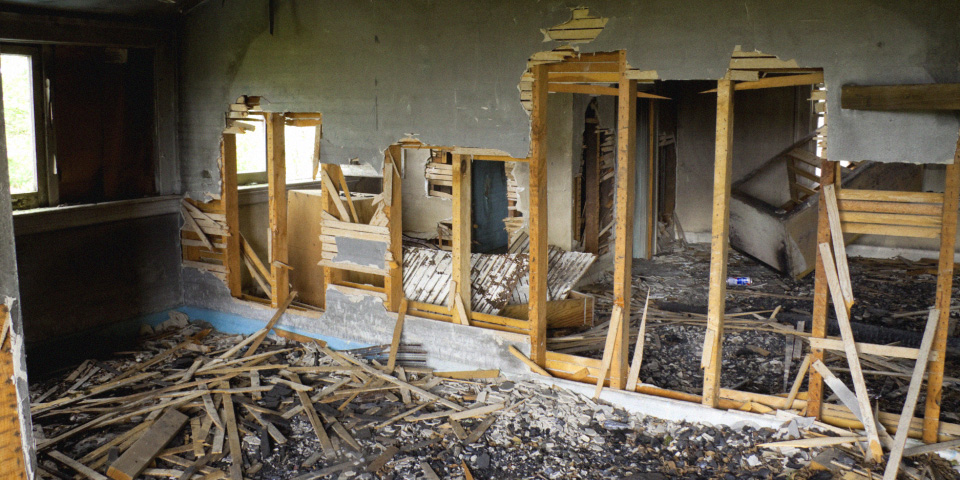Flood Damage Restoration
When a flood occurs, the damage can be devastating. Water can quickly enter a home or building, causing damage to walls, floors, and even electrical systems. In addition to the immediate damage, floodwaters can also create an environment that is conducive to mold growth, which can cause health problems if left untreated.
Flood restoration is the process of repairing and restoring a home or building after flood damage has occurred.
Assessment and Cleanup
The first step in flood restoration is to assess the damage. The restoration team will need to identify the extent of the water damage and determine which areas of the home or building have been affected.
Once the assessment is complete, the team will begin the cleanup process by removing any standing water and drying out the affected areas.
This may involve the use of industrial-strength fans, dehumidifiers, and other specialized equipment to ensure that all moisture is removed from the affected areas.
Disinfection and Mould Remediation
After the affected areas have been dried out, the restoration team will disinfect all surfaces to prevent the growth of mould and other harmful bacteria. Mould growth can occur within 24-48 hours after a flood, so it’s essential to act quickly to prevent further damage.
The restoration team will also need to address any existing mould growth that may have occurred as a result of the flood damage.
This may involve the use of specialized equipment and techniques to remove and remediate the mould.
Restoration and Repair
Once the cleanup and disinfection process is complete, the restoration and repair process can begin.
This may involve replacing damaged flooring, repairing walls and ceilings, and replacing electrical components that have been damaged by water.
The restoration team will also need to address any structural damage that may have occurred as a result of the flood.
This may involve repairing or replacing damaged walls, floors, and roofs.
It’s important to note that flood restoration is not a one-size-fits-all process.
The restoration team will need to customize the process based on the specific needs of each home or building. In some cases, it may be necessary to remove and replace damaged drywall, insulation, or other building materials.

Fire Damage Restoration
Fire damage can be a traumatic experience for homeowners or business owners, as it can cause extensive damage to the property and can be a threat to the safety of occupants.
Fire damage restoration is the process of repairing and restoring a property after a fire has occurred.
The goal of fire damage restoration is to return the property to its pre-fire condition as quickly and safely as possible.
Assessment and Cleanup
The first step in fire damage restoration is to assess the damage.
The restoration team will need to identify the extent of the fire damage and determine which areas of the property have been affected.
This may involve a thorough inspection of the property, including the structure, electrical system, and plumbing. Once the assessment is complete, the team will begin the cleanup process by removing any debris and cleaning surfaces.
They will also need to address any damage caused by smoke and soot.
Smoke and Soot Damage
Smoke and soot can cause significant damage to a property, even in areas where the fire did not occur.
Smoke and soot can penetrate walls, flooring, and furniture, leaving behind a persistent odor and a residue that can be harmful to occupants.
The restoration team will need to address smoke and soot damage by using specialized equipment to clean and deodorize the affected areas.
Restoration and Repair
Once the cleanup process is complete, the restoration and repair process can begin.
The restoration team will need to address any structural damage that may have occurred as a result of the fire.
This may involve repairing or replacing damaged walls, floors, and roofs. They will also need to replace any damaged appliances, furniture, or other personal belongings.
Electrical and Plumbing
In addition to structural damage, fire damage can also cause damage to the electrical and plumbing systems in a property.
The restoration team will need to inspect these systems to determine if any repairs or replacements are necessary.


